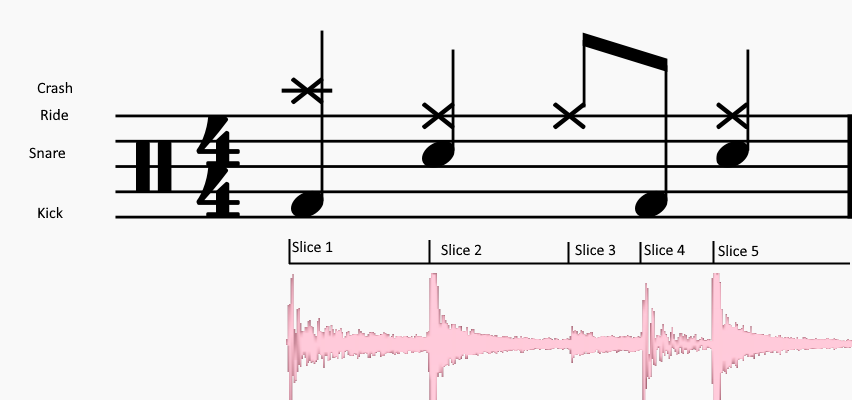In this post, I asked you all about isolating individual hits from a drum loop. This was important to me because I wanted to actually edit the drum loops to create my own version of the original.
Well, this video showed me exactly how to do that!
I'm starting to incorporate the beats into some demos of mine. The only issue is that i'm finding it very difficult to know if what i'm doing is technically correct. The "slice to MIDI" feature in Ableton doesn't chop up the different percussive elements perfectly--they usually come with audio clicks, either in the beginning of the transient or at the end of the tail. By dragging the warp markers until the clicks go away, I can usually solve the problem. The issue here is that i'm not noticing a pattern of any sort, and each percussive hit ends up being "cropped" a different way. I'm used to everything being very precise, on the grid, and captured in full (as far as one-shots go), so it's pretty unnerving to play around arbitrarily with these wave forms . . . not to mention that i've only ever made drums using MIDI!
Do you have any considerations on this? My question: Is there a technically correct way to splice drum beats, or do I just need to follow my ear? Thank you!

